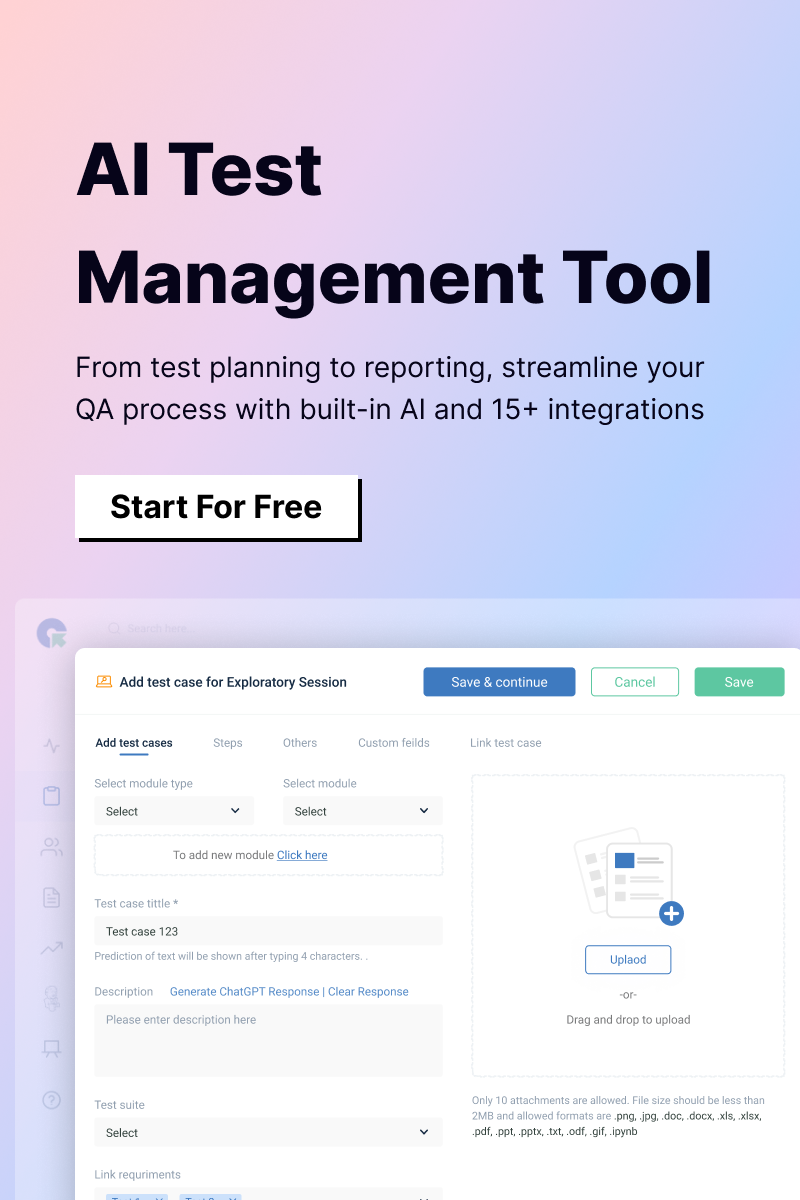A Bug Life Cycle in Software Testing is the journey of the bug (defect in software) from the state of its ‘Identification’ to the state of its ‘Closure’. The entire process of finding and resolving a defect or bug constitutes a bug life cycle.
What are the stages of a bug lifecycle?
The various stages of a bug lifecycle are:
- New – A potential defect has been reported and is awaiting validation.
- Assigned – The defect is assigned to the development team but has not been addressed yet.
- Active – The developer is investigating and working on the defect. At this stage, it may be postponed for a future release or considered invalid or not a defect.
- Test – The defect has been fixed and is ready for testing.
- Verified – QA has retested the fix and confirmed the issue is resolved.
- Closed – The defect is considered resolved and closed after successful verification or if marked as a duplicate or invalid.
- Reopened – If the issue persists after a fix, QA reopens the defect for further investigation.
How to raise a bug in software testing?
To raise a bug in software testing:
- Identify and Inspect the Issue – Verify the bug by reproducing it under different conditions to gather details such as error messages, logs, and affected functionalities.
- Document the Bug – Log the issue in a defect tracking tool (e.g., Jira, Bugzilla, QA Touch) with a clear title, step-by-step reproduction, expected vs. actual behavior, and its severity and priority to indicate the impact on functionality.
- Report to the Development Team – Assign the bug to the relevant team members and communicate its impact on the project.
- Track Updates and Retest – Monitor the defect status, test the fix once applied, and verify its resolution.
- Close or Reopen – If the issue is resolved, mark it as closed. If the problem persists, reopen the bug for further investigation.
What is a bug report in software testing?
A bug report is a detailed document used by testers to inform developers about defects or flaws in a software application. It includes steps to reproduce the issue, expected vs. actual results, and relevant details to aid in debugging.
What is bug triage in software testing?
Bug triage is the process of reviewing, prioritizing, and assigning reported defects for efficient resolution. It involves verifying bug report completeness, analyzing the issue, assigning it to the appropriate owner, adjusting severity levels, and setting the right priority based on impact and urgency.
How does QA Touch support the bug life cycle?
QA Touch simplifies the bug life cycle by providing an efficient defect tracking system that enhances collaboration between testers and developers. It allows users to log and manage bugs with detailed descriptions, assign them to the right team members, track their status through different stages, and integrate with tools such as Jira and Slack. With real-time reports and analytics, QA Touch helps optimize bug triage, improve communication, and accelerate defect resolution for better software quality.



